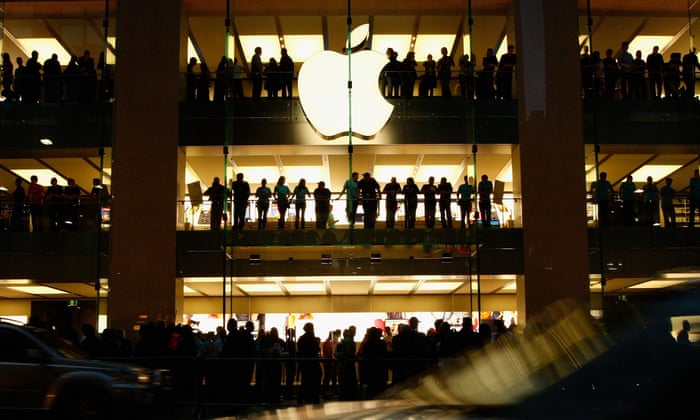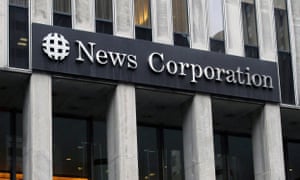http://www.theguardian.com/technology/2016/jan/28/apple-quarterly-results-iphone-silicon-valley-developers
Apple – losing out on talent and in need of a killer new device

Summary:
Apple has been losing its popularity as a potential working area and is no longer a company where engineers would want to work in after the great tech boom. The company is no longer attractive to new young talent and people are choosing other big companies such as Facebook or Alphabet (Google's new parent company). For Apple to gain popularity again, instead of making new iPhones, Apple need to create new ideas and projects.
Key Data:
Apple has been losing its popularity as a potential working area and is no longer a company where engineers would want to work in after the great tech boom. The company is no longer attractive to new young talent and people are choosing other big companies such as Facebook or Alphabet (Google's new parent company). For Apple to gain popularity again, instead of making new iPhones, Apple need to create new ideas and projects.
Key Data:
- At Apple, you’re gonna be working 60-80 hours a week and some VP will come yell at you at any moment?
- The Silicon Valley computing giant is stumbling. With news of massive but slowing sales, its stock price fell 6.5% after its results on 27 January, to $93.42
- a springtime high of $133.
- Apple’s market value is now $522.63bn, down from a high of $774.69bn in February 2015.
My View:
Apple has been coming up with similar ideas for the past few years and i think in order to gain back the popularity they lost they need to create something the new generation would be very interested in.
Summary:
Twitter reported 255m monthly active users, while in its most recent quarterly results, in September 2015, it reported 320m users. There could be multiple reasons for this decline in users and that being that one is that Twitter’s growth in monthly active users could have come from real users who have declined to install the mobile app. These users would not show up in 7Park’s data, which is drawn from a panel of mobile users who have agreed to share app usage data.
Key Data:
- The figures contradict Twitter’s own numbers, which report a 25% growth over the same period.
- 7Park says that Twitter’s second social network, Vine, has also suffered falls, declining to less than three-fifths of its April 2014 install base.
- In that month, Twitter was installed on 36.1% of US mobile devices, according to 7Park, while Vine was installed on 5%. Today, that has fallen to 25% and 2.9% respectively.
- The company’s weekly active users, the number who open the app each week, has fallen too, from 15% to 10.5% for Twitter and 1.7% to 0.8% for Vine.
In my opinion, as having used twitter as a for of interaction, the decline may simply be due to the fact hat it is getting old to those who have been on it for a long while.



